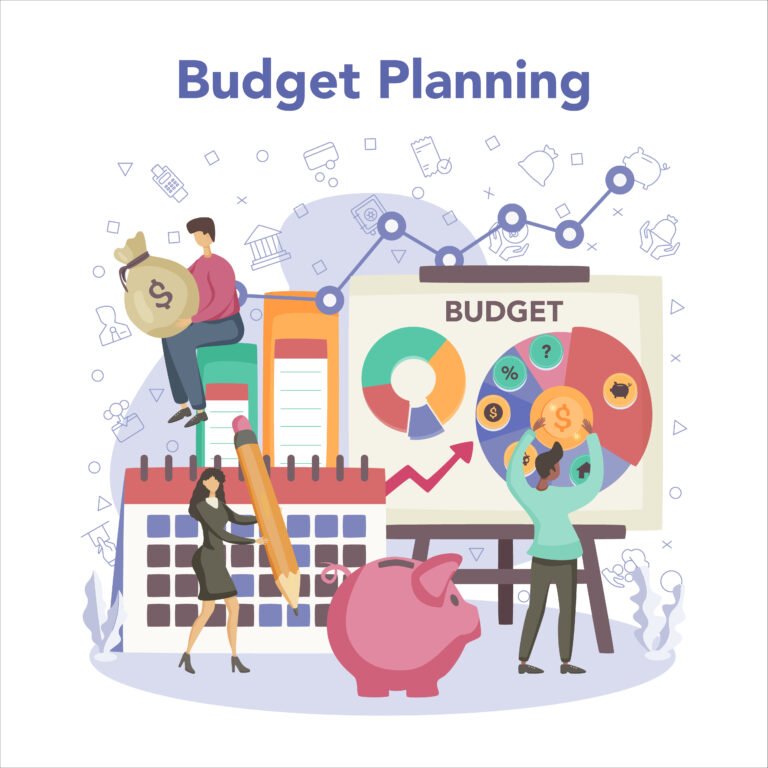Mortgage Calculator
Calculate your monthly mortgage payments with ease
Buying a home is one of the most significant financial decisions you’ll make — and understanding how mortgages work is key to making it wisely. A mortgage isn’t just a loan; it’s a complex agreement involving interest rates, amortization schedules, property taxes, insurance, and long-term financial planning. Factors like fixed vs. variable rates, loan term length, and down payment size can all dramatically affect your total cost and monthly obligations. Knowing how to evaluate these variables helps you choose a loan structure that fits your budget and lifestyle. Whether you’re a first-time buyer or exploring refinancing options, understanding the full picture of mortgage financing ensures smarter decisions, lower risk, and greater financial confidence.
Benefits of
Understanding Your Mortgage Structure
Breaking down your mortgage details helps you:
🏡 Mortgage Calculator
Meet Emily
Example Scenario
Emily is a graphic designer planning to buy her first home. She’s found a house she loves priced at $350,000 and wants to understand what her monthly mortgage payment would look like before making an offer.
She enters these numbers into the mortgage calculator and reviews the results:
| Detail | Amount |
|---|---|
| Monthly Principal & Interest | $1,546.10 |
| Total Repayment Over Term | $556,596.00 |
| Total Interest Paid | $276,596.00 |
➡️ Monthly Mortgage Payment: $1,546.10
After seeing the results, Emily realizes the payment is affordable but explores how a 15-year term would increase the monthly payment and significantly reduce total interest. She also factors in taxes and insurance to complete her budget.
💡 With a solid understanding of her mortgage breakdown, Emily feels confident moving forward. She knows exactly what to expect financially and can plan her homeownership journey with greater peace of mind.
How the Mortgage Calculator Works – Clear Insights for Smarter Home Financing
✅ 1. Enter Your Mortgage Details
Begin by filling in the core information:
- Home Price
- Down Payment
- Loan Term (in years)
- Annual Interest Rate
These inputs help determine your monthly mortgage payment and total loan cost.
Formula:
Loan Amount = Home Price – Down Payment
EMI = P×R×(1+R)NP × R × (1 + R)^NP×R×(1+R)N / (1+R)N–1(1 + R)^N – 1(1+R)N–1
Where:
P = Principal Loan Amount
R = Monthly Interest Rate (Annual Rate ÷ 12 ÷ 100)
N = Loan Term in Months
✅ 2. Review Monthly Payment and Total Costs
Once calculated, you’ll see:
- Monthly Principal & Interest Payment
- Total Interest Over Loan Term
- Total Amount Repaid
You can also include taxes and insurance for a more complete monthly estimate.
✅ 3. Compare Loan Scenarios
Test different loan terms, down payments, or interest rates to see how they affect affordability and total cost. Understand how even small changes can have a big financial impact.
💡 This helps you plan your purchase with confidence — knowing exactly what you can afford and what your long-term costs will be.
Why Mortgage Plans Fail for Some Buyers — And How to Make Yours Work for You
A mortgage is one of the biggest financial commitments you’ll ever make — yet many homeowners end up with regrets, stress, or unexpected expenses. The problem usually isn’t the loan itself — it’s in the planning. Here’s where mortgage mistakes happen, and how to avoid them.
You Underestimate Total Housing Costs
Most people focus only on the monthly mortgage payment — and forget taxes, insurance, HOA fees, and maintenance.
Fix it: Use a calculator that includes these costs, and factor in at least 1% of the home’s value annually for upkeep.
You Buy at the Edge of Affordability
Getting approved doesn’t mean it fits your lifestyle. Stretching your budget leaves no room for savings or emergencies.
Fix it: Aim for a mortgage that’s no more than 25%–30% of your net income, even if you’re approved for more.
You Choose the Wrong Loan Term
Opting for a 30-year loan just to reduce monthly payments means paying more interest in the long run.
Fix it: Compare 15-year vs. 30-year terms. Shorter terms cost more monthly but save tens of thousands over time.
You Skip the Down Payment Strategy
Low or zero down might get you into a home, but it increases your loan size and monthly payment.
Fix it: Aim for 10%–20% down if possible. It reduces your interest and helps you avoid private mortgage insurance (PMI).
You Don’t Account for Rate Changes
If you choose an adjustable-rate mortgage (ARM), you could face steep increases later.
Fix it: Know when the rate resets, and how high it can go. Fixed rates are safer if you plan to stay long term.
You Don’t Plan for Life Changes
Job loss, family growth, or relocation can make a once-affordable mortgage a burden.
Fix it: Build a 3–6 month emergency fund and stay flexible. Don’t let your home become a financial trap.
💡 Final Thoughts
A mortgage should give you stability — not stress. Plan beyond just getting approved. Understand the full cost, pick the right term, and leave breathing room in your budget. When done right, a mortgage helps you build wealth — not worry.




